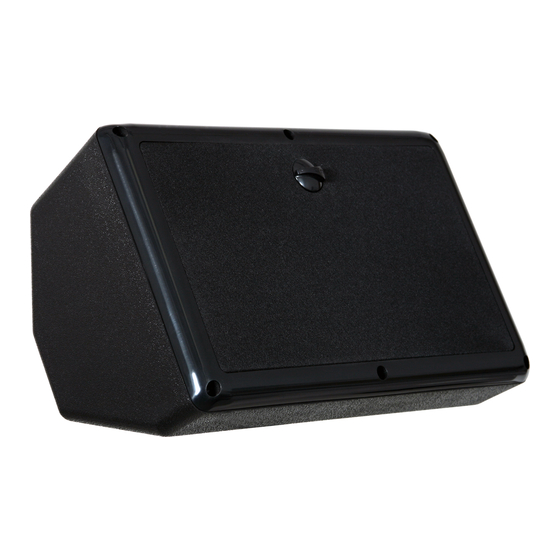Galaxy Audio PA5X140 사용자 설명서 - 페이지 5
{카테고리_이름} Galaxy Audio PA5X140에 대한 사용자 설명서을 온라인으로 검색하거나 PDF를 다운로드하세요. Galaxy Audio PA5X140 20 페이지. Powered micro spot

- 1. Table of Contents
- 2. Welcome
- 3. Before You Begin
- 4. Ohm's Law and the Hot Spot
- 5. Sound Reinforcement Basics
- 6. Hot Spot Series/Micro Spot VC
- 7. Powered Hot Spot (Pa5X140)
- 8. Using the Pa5X140
- 9. Rear Panel
- 10. Using the Hot Spot with the Pa5X140
- 11. Stand Mounting
- 12. Mounting Your Micro Spot Series Speakers
- 13. Specifications
- 14. Warranty
- 15. Registration
Where Z1 is the impedance (or ohm rating) for the first speaker, Z2
for the second, and so on, for every speaker in the chain. This
equation calculates the total impedance of the speaker system,
which should NOT be lower than the minimum impedance rating of
the amplifier.
Z(Total)=
EXAMPLE 1:
For one pair of speakers use the short form of the equation: the
product of the two speakers divided by the sum of the two
speakers is equal to the total impedance or the equivalent
impedance of the speaker system.
This equation may be used to calculate the equivalent impedance
for additional speakers in two-speaker increments. Determine the
impedance of the first two speakers, substitute Z total for Z , and
include the next speaker. Repeat the process until all speakers
have been included. The result should be the same as with the first
method. A word of caution: polarity rules must be observed when
connecting multiple speakers. Polarity will not affect the Z, but can
affect the quality and volume of the sound. If you are having
problems with any of these applications use Galaxy Audio's
CRICKET Polarity and Continuity Test Set to check the polarity of
your cables.
EXAMPLE 2:
As long as all of the speakers have the same impedance rating, the
equivalent impedance of the system is the rated impedance of one
speaker divided by the number of equivalent speakers.
1
1
___
___
+
+
Z
Z
1
2
Z x Z
1
Z=
Z + Z
1
1
1
1
___
___
+
+
Z
Z
3
4
2
2
1
___
Z
N
Page 3
